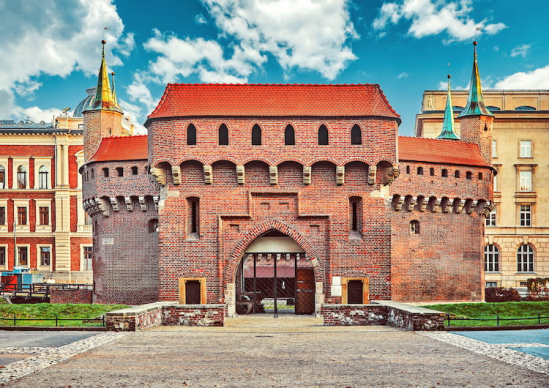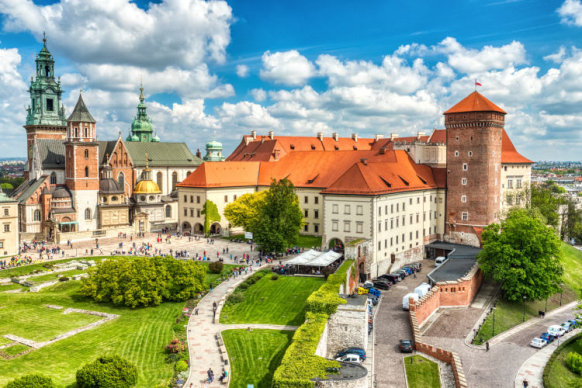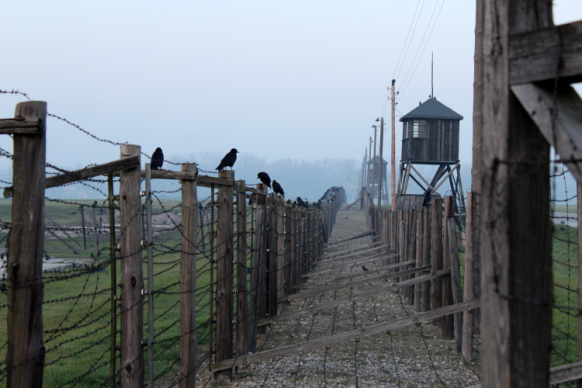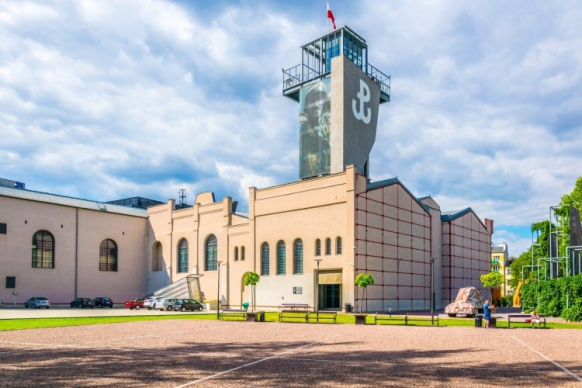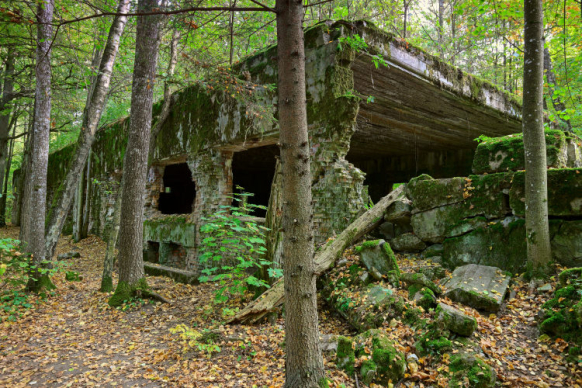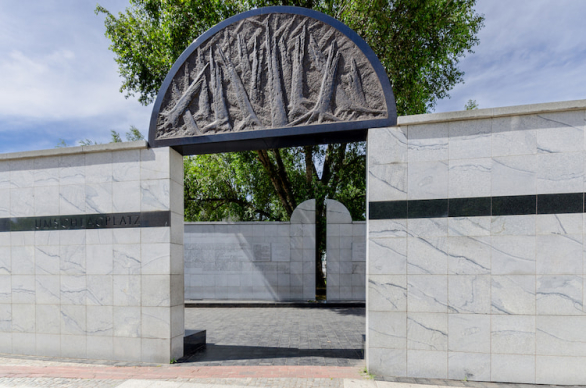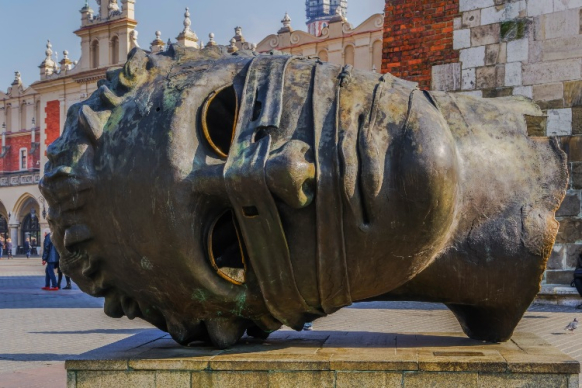
About Krakus Mound
Krakus Mound is one of Krakow’s two prehistoric man-made mounds, long supposed to be the burial place of the legendary King Krakus. It now provides an atmospheric view over the city, and a pleasant walk off the beaten track.
Krakus Mound history
The exact purpose and date of Krakus Mound is still unknown, making it one of Poland’s most unexplained prehistoric sites.
It was at one time thought to be the burial mound of Krakow’s founder King Krakus, a legendary figure associated with defeating the Wawel Dragon and building Wawel Castle above his lair. Following his death, Krakow’s mourning residents supposedly carried dirt in their sleeves to the spot, building a mound to watch over the city in their great king’s absence.
Whether the legend is true, Krakus Mound has held cultural significance for many years in the city. Some date it back to Celtic times, with its position suggesting use in Celtic astronomy – on the morning of Beltane, the second-largest Celtic feast day, if one stands atop the hill the sun will rise directly over the nearby Wanda Mound, where Krakus’ daughter was reportedly buried.
Krakus Mound has also been the spot for the Slavic celebration of Rękawka, which until the 1830s was a popular festival upheld by Krakow’s inhabitants. On the first Tuesday after Easter, the throwing or rolling of eggs was observed on the mound, symbolising the new life of spring. This festival has seen a revival in recent years.
Excavations in the 1930s failed to uncover Krakus’ skeleton beneath the mound, yet artefacts from between the 8th and 10th centuries were uncovered, likely dating the mound to a Slavonic colony of this time.
Krakus Mound today
Today Krakus Mound provides visitors with beautiful panoramic views over the city both atop the mound and on the hillside of its base. Benches are placed in the area and you may often find people picnicking on the pleasant grassy plains of Lasota Hill. It provides a welcome breath of fresh air amongst the hustle and bustle of this city, and allows one to soak in the ancient atmosphere.
The surrounding areas are also great for walking, with scenic meadows and 19th century ruined forts in the vicinity. Should you wish to venture further south and away from the city, a path will take you down past Podgorski Cemetery and Liban Quarry, before eventually reaching the somber site of the former KL Płaszów Concentration Camp.
Getting to Krakus Mound
Krakus Mound is located on Lasota Hill in the Podgorze District of Krakow, directly next to Podgorski Cemetery. It is a 45-minute walk from the Main Square. The closest train station is Kraków Podgorze, a 5-minute walk away, and the closest tram stop is Cmentarz Podgorski, a 10-minute walk away.









